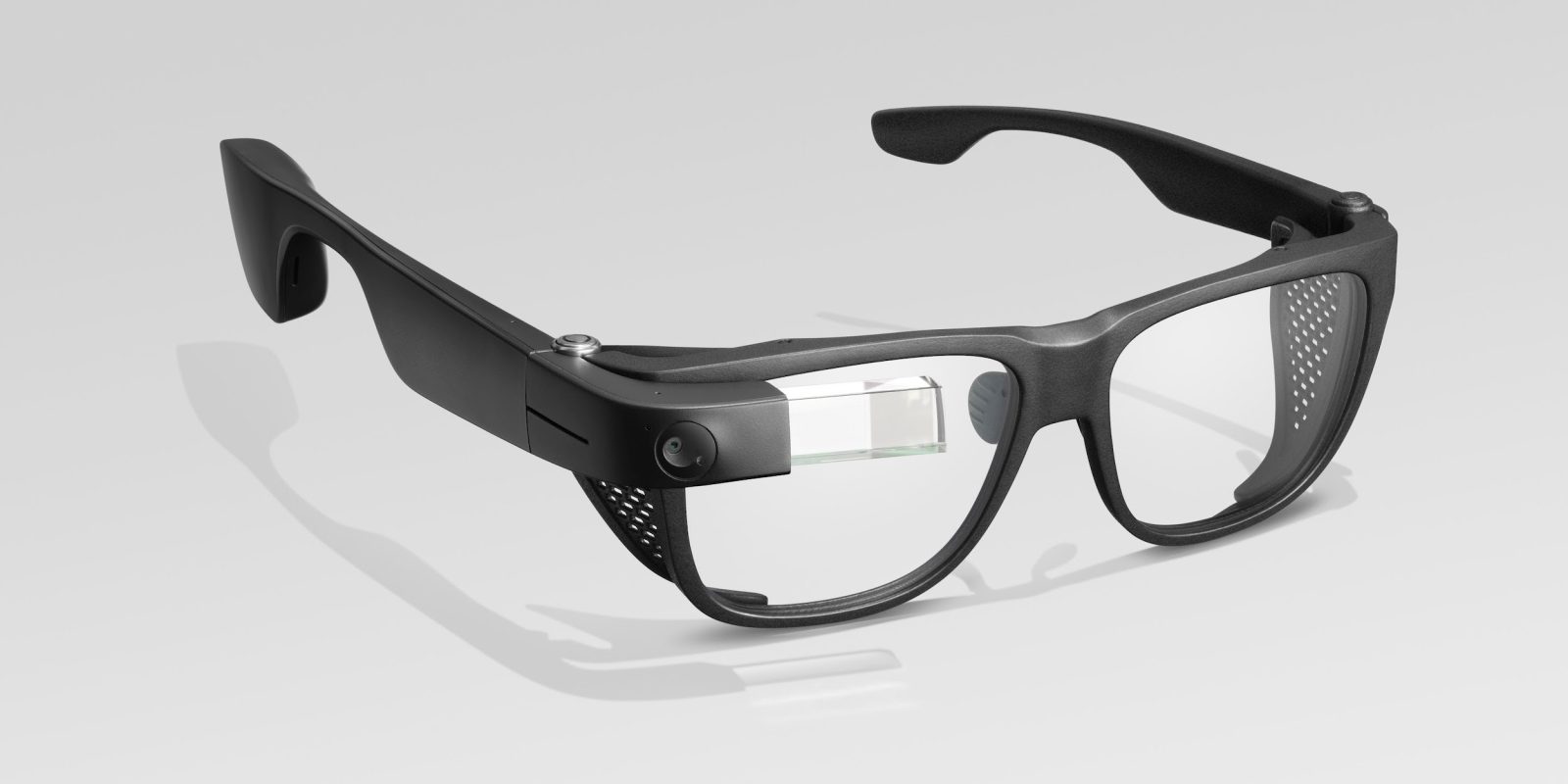Google Updates Glass Headset With Industrial, Professional Focus

The redesigned device competes with Microsoft’s HoloLens 2 and other enterprise-focused augmented reality displays
Google has released a major update to the enterprise-focused edition of its Glass augmented reality headset, lowering the price and adding upgrades including a more capable processor, longer battery life and safety frames designed for industrial settings.
The device now runs on Android, making it easier for developers to create applications targeting it.
Glass has also been moved out of ‘X’, the division maintained by Google parent Alphabet for experimental projects, and is now an official Google product, the company said.
The device competes with rivals including MIcrosoft’s significantly larger and more expensive HoloLens in the augmented and virtual reality market.

Augmented reality
Companies focusing on the area, which also include Vuzix and Epson, have recently shifted their attention to explore professional and industrial applications for the technology, following on from an initial focus on consumers.
Microsoft’s $3,500 (£2,750) HoloLens 2, for instance, introduced at this year’s Mobile World Congress, is aimed at uses in the manufacturing and medical fields amongst others.
Google’s Glass Enterprise Edition 2, at $999, is significantly less costly than the $1,500 Glass Explorer Edition, and features a more powerful processor than its predecessor, as well as a USB-C port for faster charging and data transfer.
The glasses incorporate a relatively simple heads-up display, with a resolution of 640 x 360 pixels, in contrast to the more immersive HoloLens headset.
The new Glass uses Qualcomm’s Snapdragon XR1 processor, which is specifically designed for augmented reality applications and includes an artificial intelligence engine.

Industry trials
The 1.7 GHz quad-core chip, launched last year, natively supports vision processing and 3D accelerated graphics.
The device uses an 8 megapixel camera, up from 5 MP, with an light that switches on when the camera is in use. Three beamforming microphones support clear voice and environment audio recording.
The 820mAh battery can last for eight hours, and the device shuts down when it detects the user isn’t wearing it, helping prolong battery life.
Google said it worked with Smith Optics to develop safety frames aimed at work environments including manufacturing floors and maintenance facilities. The device weighs 46 grams and is dust and water resistant.
The company said it developed the new version of Glass with industrial users including AGCO, Deutsche Post DHL Group, Sutter Health and H.B. Fuller, giving workers hands-free access to information and tools including checklists, instructions, photos and videos.